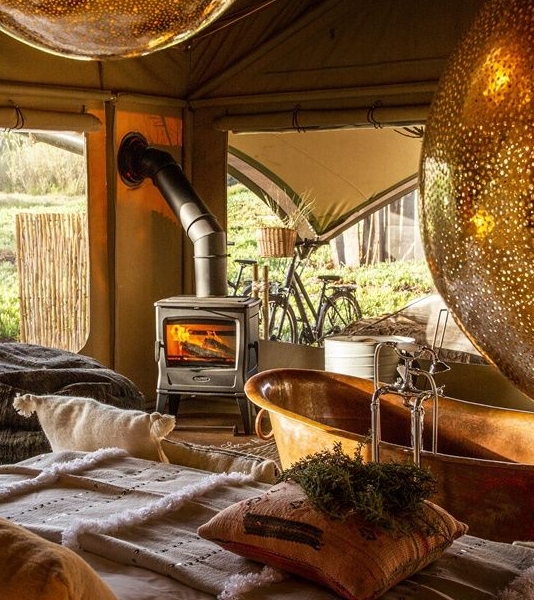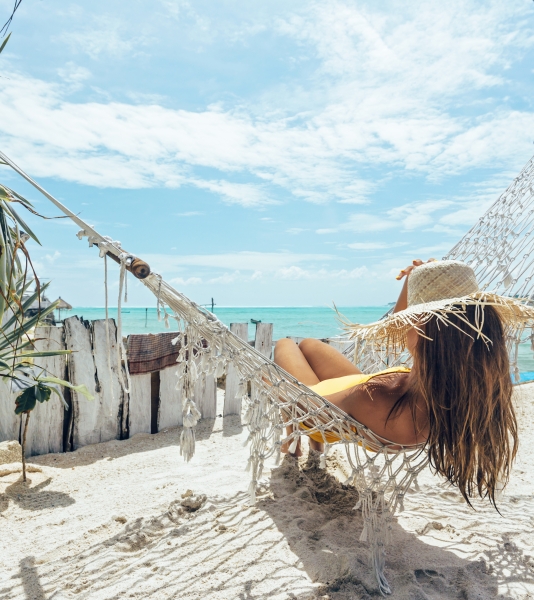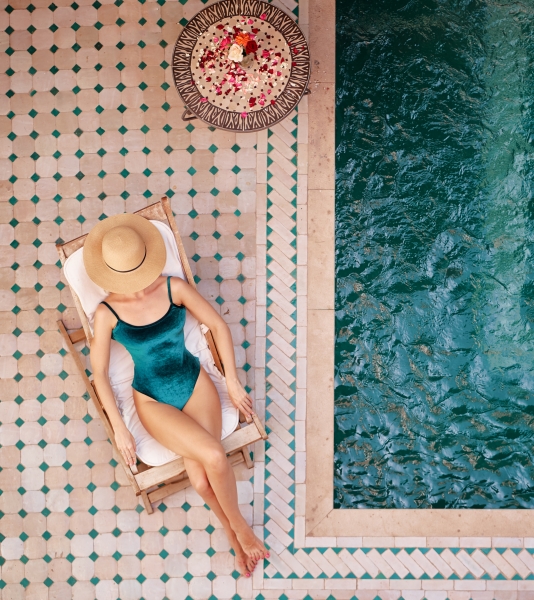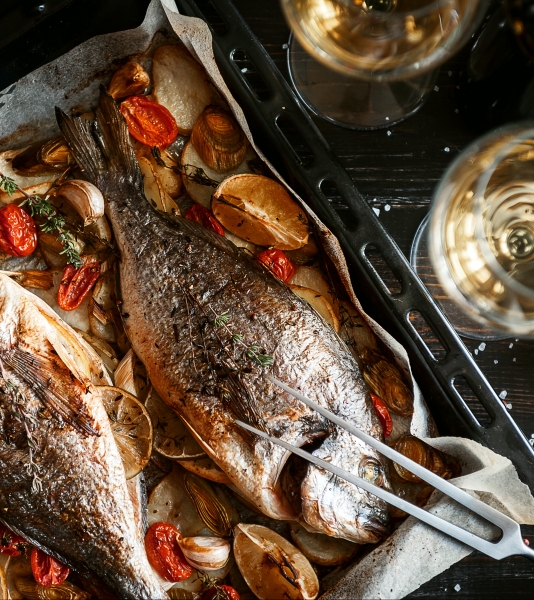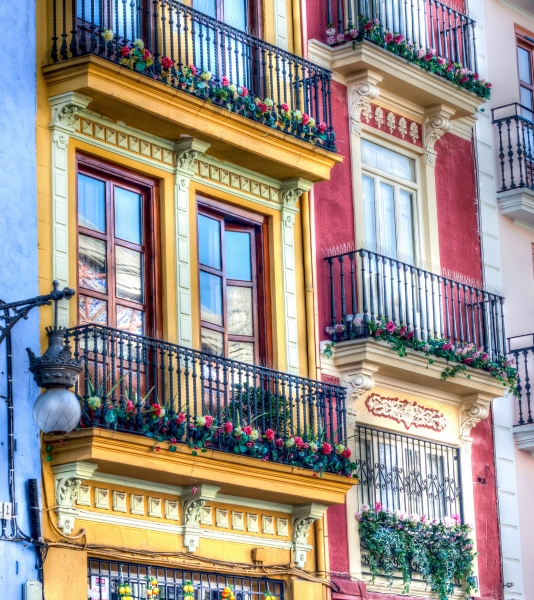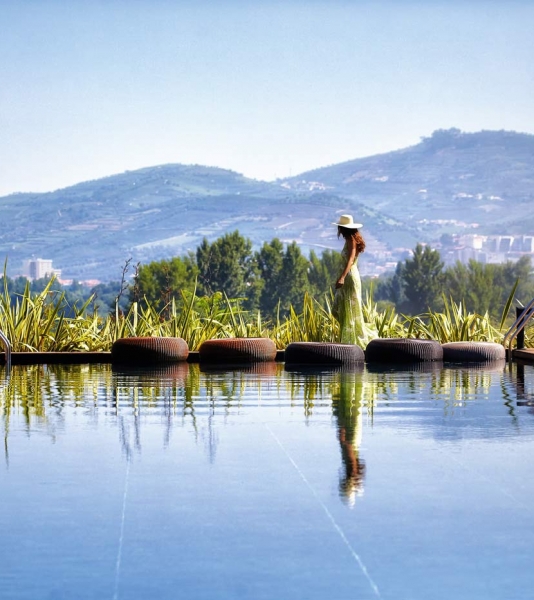Where to stay in Barcelona and its neighbourhoods
To enjoy the city in the best possible way, it is important to choose suitable accommodation in a neighbourhood that suits your preferences and needs. We have selected the most desirable neighbourhoods for you:
Born
El Born is part of the old district "La Ciuttatvella" in Barcelona. In its narrow streets you will find the trendiest shops, bars and bistros, all with a warm charm and creative atmosphere surrounding them. The neighbourhood is very popular with tourists because there is always something going on here - definitely not the quietest place in the city. Here you shouldn't miss the old Born Market, a huge three-storey building with bars, restaurants, shops and even cultural studios, as well as the Picasso Museum, which is well worth a visit. At night, this area comes alive with a variety of nightlife options offering a wide range of activities. The atmosphere is one of vibrant energy and a melting pot of people from a wide variety of backgrounds and interests who come together in the numerous bars, clubs and restaurants. Watch out for pickpockets.
Gothic Quarter
The Gothic Quarter is also part of Barcelona's old town. The cobbled streets wind labyrinthine through the narrow alleyways, but there is not the same nocturnal hustle and bustle as in Born. It's a creative place with a large building full of bars and restaurants. If you choose a boutique hotel in the area, be aware of the street noise. Beware, there are also many pickpockets here.
The Raval
The Raval is Barcelona's most alternative and colourful neighbourhood. It used to have a bad reputation, except for Carrer Sant Pau. Today it is known as a multicultural neighbourhood. Pakistanis, Indians and Chinese live here side by side with traditional Catalans and young Europeans. It is cheaper than El Born or the Gótico. Hip restaurants and retro shops have made this neighbourhood a hip place for young people.
Eixample
Eixample translates as "extension" and is one of the newer districts of the city, developed in the late 19th and early 20th centuries. This part of the city is a residential area without the narrow, winding streets characteristic of the old town. Instead, here you will find a modernist grid system, a special, rectangular type of urban planning that reflects the elegance and sophistication of the Eixample. Eixample is much more cosmopolitan and also has its own shopping areas, such as the elegant Paseo de Gracia, where there are a number of good bars and nightclubs as well as brand shops. The quieter parts of the city are ideal for families who want to stay in charming hotels or holiday flats, or for self-caterers who prefer to stay in a traditional Spanish holiday home. The neighbourhood is well connected and the Sagrada Familia is just a stone's throw away. The nicest areas are: Universitat, Catalunya, Passeig de Gracia, Urquinaona and Arc de Triomf.
Arena-Monjuic
This district spreads over an area of 21 square kilometres. It is a modern industrial and residential area. But what distinguishes this neighbourhood most is Montjuïc mountain, which, with its 185-metre height and its typical rocky shape sloping down to the sea, has been the city's skyline and symbol since ancient times. On its slope is the Poble-sec neighbourhood, known for its popular character and long tradition of theatres, music bars and cabaret clubs. It's a few degrees cooler here than in the lowlands and the numerous parks and gardens are perfect for a shady picnic. The National Art Museum of Catalonia is not to be missed. You will find beautiful hotels and cute holiday flats in this area.


